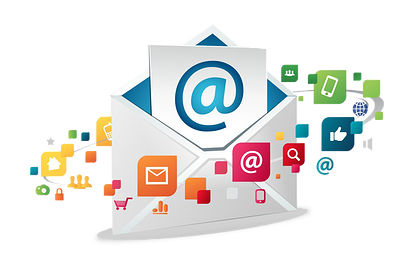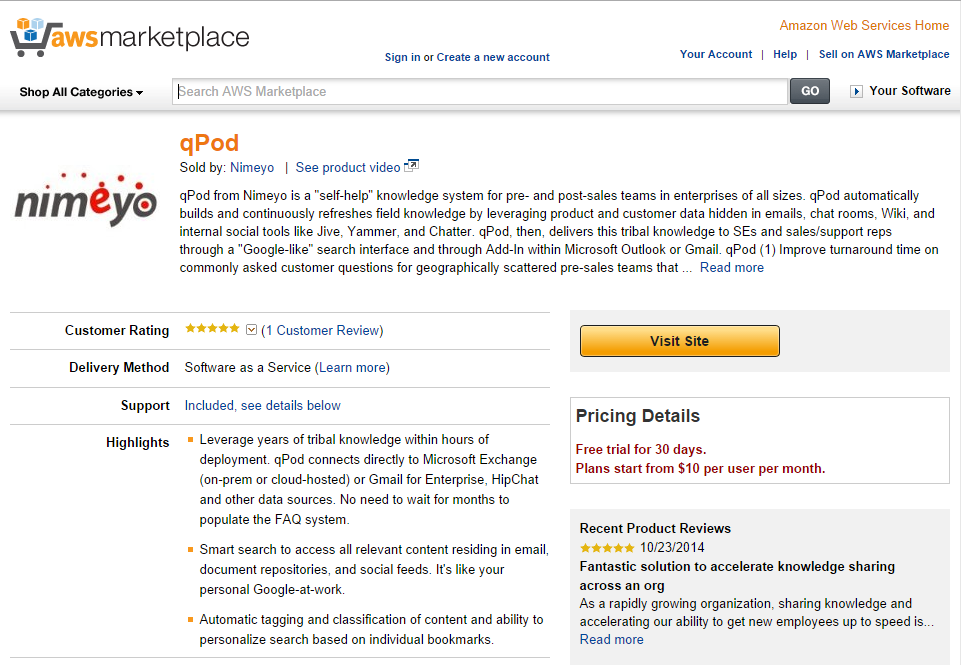Employing new sales reps usually involves an onboarding process. But the typical onboarding process is getting longer and less efficient as time goes on. While there are many ways to improve onboarding for sales reps, organizations can get the most “bang for their buck” by incorporating knowledge automation into their onboarding program through the use of AI.
Proof That Sales Onboarding is Stuck
An eye-opening report from Qvidian in 2015 surveyed hundreds of executives and sales leaders from various industries, markets, and company sizes to assess their objectives and challenges. What they found was that sales organizations were struggling with getting the right information into their new sales reps’ hands, and doing so in a way that led to success. Noted in the report:
- 36% of organizations mentioned “ramping up new sales reps takes too long” as one of the top reasons why their teams were failing to make quotas.
- Indeed, onboarding of sales reps took an average of 7 to 9 months (measured as the time until a sales rep becomes fully productive). (Note this is an average: 1 in 5 sales reps take over a year to reach this level of performance!)
- Sales teams were not meeting quotas largely because they were failing to personalize the buyer journey for their customers and effectively communicate value.
- 55% of the organizations surveyed indicated that part of the reason they failed to communicate value was that reps were struggling to identify the tailored selling content among all the materials they had.
This inefficiency carries a steep price tag, to say the least. Not only does slow and inefficient onboarding mean lost productivity, but it also leads to higher turnover, added expenses for recruiting and training, lower employee morale, and a net negative impact on clients. By one estimate, it costs approximately $115,000 to replace a sales rep…and about 28% of sales reps, or more than a quarter, turn over in a given year.
Indeed, Zappos CEO Tony Hsieh is well known for completely restructuring his company upon learning that bad hires were costing him well over $100 million a year.
Why Sales Onboarding is Failing
That sales onboarding is failing across industries is not a secret. Why it is failing, though, is something that makes sales managers scratch their heads.
That’s because the issues do not stem from the onboarding program itself. We have identified four main reasons why traditional onboarding is failing in today’s sales environment, and they all have to do with the flow of information:
Reason #1: Distribution. Sales reps are scattered across the country, and even across the globe. They are often not located in the same places as the subject matter experts and marketing teams that they need to engage with for information.
Reason #2: Product Evolution. Products are evolving faster and faster. While the innovation is great, what was true of a product line a few months ago might not be true today. Sales reps cannot rely anymore on a single “information dump” at the start of their tenure.
Reason #3: Customer Expectations. Customers and prospects expect faster responses in the digital age. The amount of onboarding needed to keep information fresh in a sales rep’s brain is mind-boggling.
Reason #4: Increased Competitive Pressures. Yes, products and expectations change. But so does the competition. Knowing the competitive landscape and the target market takes much research and study. When sales reps are given this task, they are expected to do more, in less time. When it is given over to marketing, the information too often remains “siloed.”
The Top 3 Ways AI Can Reduce Onboarding Time
Sales is a uniquely human endeavor. How can AI help sales reps become more productive more quickly? We see three main ways that AI can reduce onboarding time:
1. By eliminating the need for “perfect” product information.
If product information is always changing, perhaps the best approach is to stop trying to frontload that information into the onboarding period. By using a knowledge automation tool like Nimeyo, organizations can ensure that sales reps have the right information at the right time, without the need for extensive search or periodic training.
2. By finding tailored content for sales reps in a timely fashion.
Remember, sales teams are, by and large, failing to communicate value because reps struggle with identifying tailored selling content within their own organizations. Wading through large amounts of content is something AI is now really good at doing. Sales reps can use knowledge automation tools to identify specific pieces of content that will help enable sales teams, even down to the level of the individual customer. This cuts down on the time that sales reps need to become familiar with sales materials and helps facilitate their researching the market.
3. By gaining insight into success and failures in a timely manner.
Many organizations struggle when it comes to gaining visibility into the sales cycles. And when they do not have visibility, it can lead to bad decision-making—or no decision-making at all. This is especially true when employees who are not a good fit are allowed to linger in an endless onboarding process.On the other hand, proper sales analytics can identify patterns, allowing organizations to duplicate successes and minimize failures. This can feed back directly into coaching efforts.
And, with less time spent on product information updates and search, more time can be spent on that kind of coaching during those first formative months.
So will AI fix everything that is wrong with sales onboarding today? Of course not. Crucial elements like mentorship and processes that follow best practices will still be needed. But knowledge automation systems can fix the element that is causing the onboarding process to balloon in modern organizations: The sheer amount of knowledge needed to be successful. Cut this bloat from the onboarding process, and your sales reps will become productive much more quickly.





